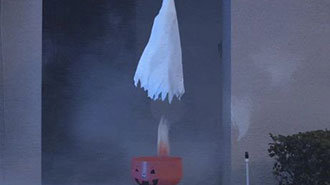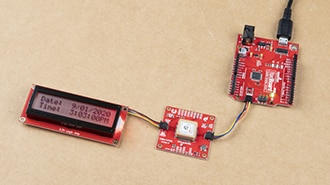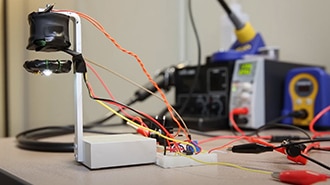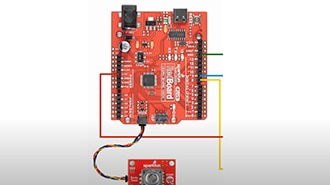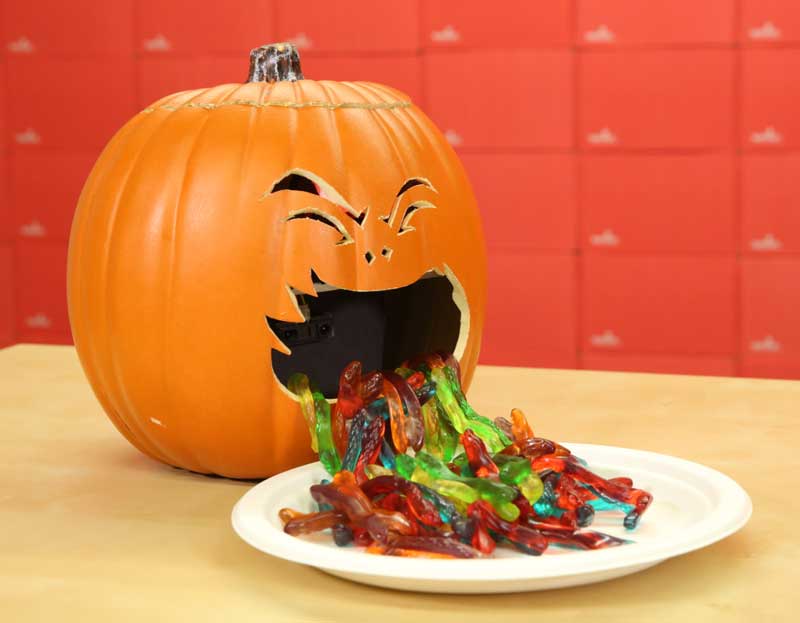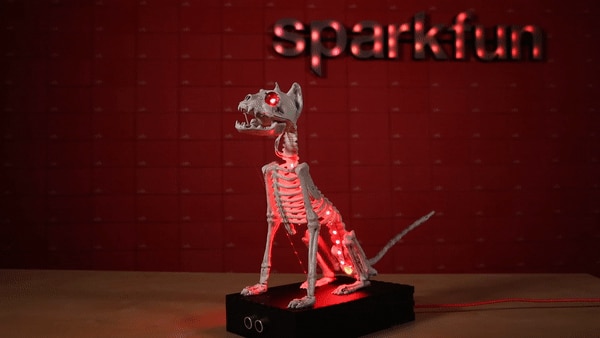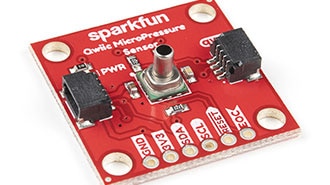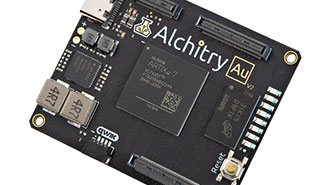Orders are typically delivered to Hong Kong within 3-4 days depending on location.
Free delivery to Hong Kong on orders of HK$330 or more. A delivery charge of HK$125 will be billed on all orders less than HK$330.
UPS, FedEx or DHL freight pre-paid: CPT (Duty, customs, and taxes due at time of delivery)
Credit account for qualified institutions and businesses
Payment in Advance by Wire Transfer
![]()
![]()
![]()
![]()


More Products From Fully Authorized Partners
Average Time to Ship 1-3 Days, extra ship charges may apply. Please see product page, cart, and checkout for actual ship speed.
Incoterms: CPT (Duty, customs, and applicable VAT/Tax due at time of delivery)
For more information visit Help & Support
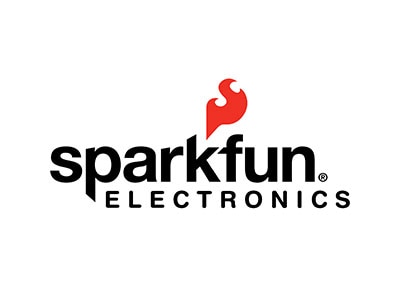
SparkFun is an online retail store that sells the bits and pieces to make your electronics projects possible. No matter what your vision is, our products and resources are designed to make the world of electronics more accessible to the average person. In addition to products, SparkFun, through our
For social distant trick or treating, we thought we’d make a BLE controlled servo claw using the Circuit Playground Bluefruit.
This guide will help with everything you need to get started with the Breadboard Power Supply.
This project provides the current date and time using GPS satellites. Depending on your display, you can draw the time as a digital or analog clock. Or even configure the clock to read military time, adjust the clock for your time zone, or automatically adjust the time for daylight savings time!
This tutorial will focus on setting up your own fixed antenna on your roof or other fixed structure and configuring a minicomputer to serve that data over the internet where it can be accessed by WiFi or more commonly, from a cellular phone or modem.
In this tutorial we'll build a basic magnetic levitator. This guide will go over some of the theory, how to use a magnetic field sensor, and how to use one to build a basic levitation circuit.
In this tutorial, we'll walk you through using the SparkFun Audio Player Breakout in combination with the Qwiic Twist to let you select and play tracks from a microSD card. It's a compact and powerful way to add audio interactivity to your prototype using simple I2C and serial connections.
With just a handful of parts and a couple of hours of work, you can easily repulse all of your co-workers at this year's office Halloween party!
Check out this distance sensing Halloween prop designed to spook the willies out of trick-or-treaters.
Looking to keep a log of the climate in your greenhouse, create a humidor control system or want to track temperature and humidity data for a weather station project? The SparkFun Humidity Sensor Breakout - SHTC3 (Qwiic) may be the perfect option for you!
The SparkFun Environmental Sensor - BME680 (Qwiic) is a breakout for the 4-in-1 BME680 gas sensor from Bosch. The BME680 combines a gas sensor with temperature, humidity and barometric pressure sensing for a complete environmental sensor in a single package.
When you first buy an Alchitry Au+, Alchitry Au, or Alchitry Cu board, the default FPGA configuration creates a fancy wave effect on the LEDs. In this tutorial we are going to walk through different steps for how to make something like this.
Pressure sensors are used in a wide range of applications. You can find them in the medical field , industrial uses, and have a wide range of consumer uses.
Let’s start at the beginning. What is an FPGA? Well, FPGA stands for Field Programmable Gate Array, which isn’t helpful in understanding what they are or do but we had to get that out of the way.
In this tutorial I’m going to cover the basics of what creating designs for an FPGA looks like and the fundamental building blocks you get to use.
Co-Browse
By using the Co-Browse feature, you are agreeing to allow a support representative from DigiKey to view your browser remotely. When the Co-Browse window opens, give the session ID that is located in the toolbar to the representative.
DigiKey respects your right to privacy. For more information please see our Privacy Notice and Cookie Notice.
Yes, Continue to Co-BrowseGet fast and accurate answers from DigiKey's Technicians and Experienced Engineers on our TechForum.
Please visit the Help & Support area of our website to find information regarding ordering, shipping, delivery and more.
Registered users can track orders from their account dropdown, or click here. *Order Status may take 12 hours to update after initial order is placed.
Users can begin the returns process by starting with our Returns Page.
Quotes can be created by registered users in myLists.
Visit the Registration Page and enter the required information. You will receive an email confirmation when your registration is complete.
Orders are typically delivered to Hong Kong within 3-4 days depending on location.
Free delivery to Hong Kong on orders of HK$330 or more. A delivery charge of HK$125 will be billed on all orders less than HK$330.
UPS, FedEx or DHL freight pre-paid: CPT (Duty, customs, and taxes due at time of delivery)
Credit account for qualified institutions and businesses
Payment in Advance by Wire Transfer
![]()
![]()
![]()
![]()


More Products From Fully Authorized Partners
Average Time to Ship 1-3 Days, extra ship charges may apply. Please see product page, cart, and checkout for actual ship speed.
Incoterms: CPT (Duty, customs, and applicable VAT/Tax due at time of delivery)
For more information visit Help & Support
Thank you!
Keep an eye on your inbox for news and updates from DigiKey!
Please enter an email address

